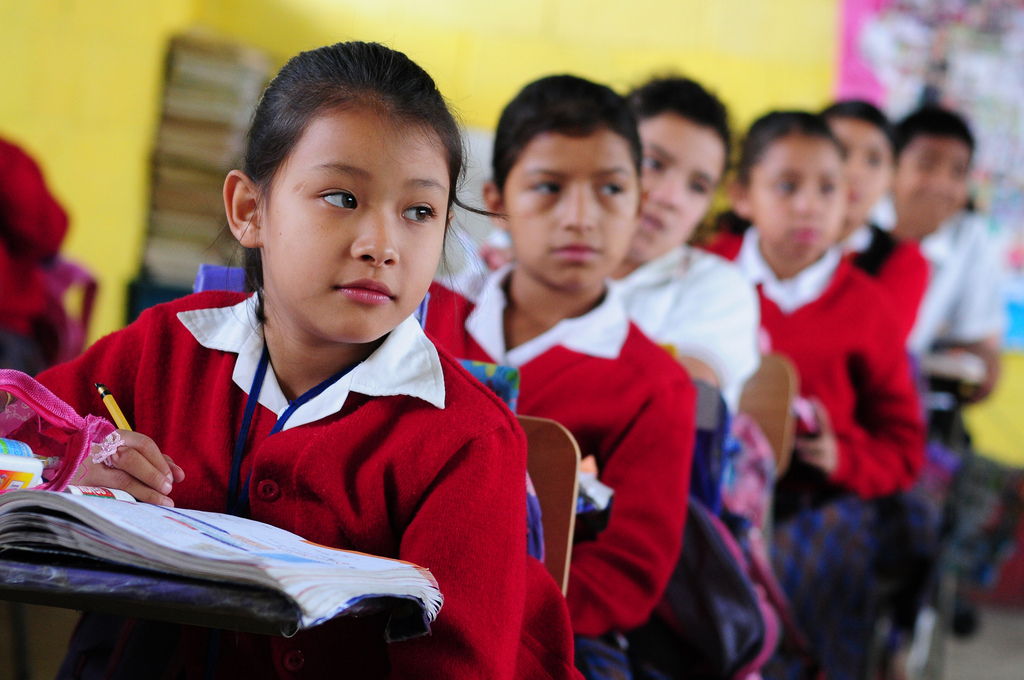You are here
New data shows education and employment conditions for youth across countries

By Charles Gale (Research Associate, EPDC)
How well are countries responding to youth labor market needs, and what role does education play in employability? Questions such as these are on the minds of those working to create better opportunities for students and young people transitioning from school to the labor market. For example, on December 5th in Washington D.C. the YouthPower initiative will release findings from several reports on the measurement of soft skills and employability for youth. This comes on the heels of 3ie's evidence mapping of the same topic, as the international community is increasingly attuned to the needs of youth, as well as implications for education systems and for the labor force.
Understanding how to tackle issues like youth unemployment and employability requires knowledge about the scale of such problems within and across countries. The International Labour Organization (ILO) publishes labor force data for youth, and EPDC is pleased to announce the addition of indicators from youthSTATS that include disaggregations of key labor market data by educational leves. The data also provide breakdowns of characteristics of the youth labor market such as employment, unemployment and inactivity, by current schooling status. The data are not comprehensive across all countries, and are taken from common labor force surveys, School-to-Work Transition surveys, census and other household surveys across countries. Data presented in this post are for the most recent year available, for 2002-2013.
Figure 1 presents the youth population (ages 25-29) broken down by labor force status for those who have completed secondary schooling, by country. The labor force is made up of those who are employed, those unemployed and those outside the labor force. Individuals might be out of the labor force because they are in school, incapable of working, because they have given up looking for work or for some other reason. As shown in the figure, countries included in youthSTATS vary widely in terms of the percentage of youth who make up each category. Countries such as Sudan, Togo, and Indonesia have the lowest percentage of postsecondary-educated youth who are employed, while countries such as Liberia and Tanzania have particularly large proportions of postsecondary-educated youth who are completely out of the labor force. Note that these are calculated percentages based on the raw numbers of employed, unemployed and outside the labor force, and are not employment and unemployment rates. Use the filter at the top of the visual to see differences in employment status by schooling level.
Figure 1
The youthSTATS data present the opportunity to look at key labor market characteristics of youth broken down according to current schooling status. This is especially useful as Figure 2 presents the unemployment-to-population ratio for youth aged 15 to 29, broken down for the in and out of school populations. Larger squares represent a larger proportion of youth who are classified as unemployed. As can be seen the distinction in current schooling status is important in interpreting unemployment ratios for some countries. For example, countries in eastern Europe such as Serbia and Macedonia have the largest unemployment-to-population ratios for those not in school, and among the smallest for those who are in school. Latin American countries such as Brazil, Costa Rica and Colombia tend tend to have higher unemployment-to-population ratios regardless of whether the population is in or not in school.
Figure 2
The ability to break youth labor market data down by current schooling level also presents an opportunity to better understand a key youth development challenge; the percentage of youth who are neither employed nor in education, across countries. This group (which has been termed "Nini" in Latin America) presents an enormous challenge for country-level policymakers, as they scramble to make education systems flexible and labor markets responsive to the skills and needs of citizens. In the EPDC database, this indicator is referred to as the youth jobless rate. Figure 3 presents a map of countries included in youthSTATS (countries not included are colored in gray), colored according to their youth jobless rate. As can be seen, countries in East Africa, South Asia, and Central America are among the countries with the highest youth jobless rate in the world. Below the figure we present the data broken down by country and subnational area. Interestingly, for countries with the highest rates of youth joblessness such as Sudan, Bangladesh and Tunisia, the rate of joblessness is higher in rural areas than urban ones, while countries with the lowest rate of youth joblessness such as Togo, Cameroon, and Madagascar have higher rates in urban areas.
Figure 3
The challenges of youth development require rigorous research and effective program and policy implementation. It's clear that countries around the world struggle with the issue to different extents. The youthSTATS data provide a comprehensive if not fully complete picture of the state of youth education and employment throughout the world. Click here for an example data search including youthSTATS data in the EPDC database, navigate to our main page to search for additional data, and visit the youthSTATS website for more information on how indicators are defined.
